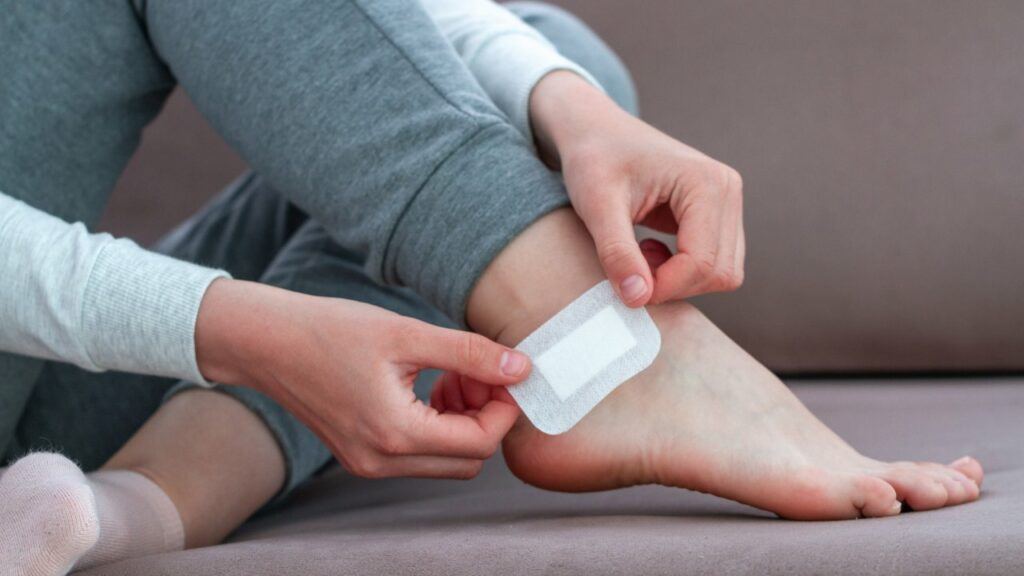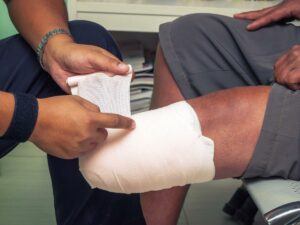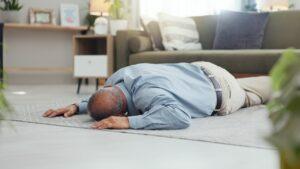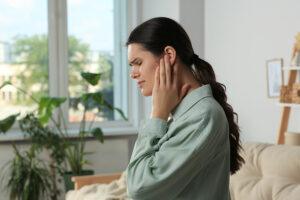The Vital Facts
- Approximately 5% of Australians suffer from blisters.
- The feet are particularly susceptible to developing blisters.
- In some cases, the development of multiple blisters, especially in older individuals, might suggest an underlying auto-immune condition.
- Generally, blisters do not typically require medical attention unless they are severe, recurring, caused by burns, or linked to an underlying infection.
If you’ve ever spent a night out in high heels, or taken a new pair of boots on a camping trip, you’re probably all too familiar with blisters.
Most people put up with them, but they’re often quite painful and can become infected if not treated properly. Fortunately, there are steps you can take to provide first aid for blisters and promote healing.
How to apply immediate first aid for blisters:
- Don’t pop it
- Clean the area
- Apply a protective covering
- Allow it to heal
- Seek medical attention if blister shows signs of infection
Click here for more detailed first aid steps for blister treatment.
Read on, as we explore everything you need to know about blisters.
Navigate this article:
- What are blisters?
- What are the different types of blisters?
- First Aid for blisters
- How to prevent blisters
What are Blisters?
Blisters form when there is repeated friction or pressure on a specific area of the skin. This most commonly occurs on your feet, especially if you walk more than usual or wear ill-fitting shoes.
Increased friction causes the outer layer of skin to separate from the inner layers, creating a pocket of fluid. This pocket of fluid is then painful when pressed, which can make it difficult to walk.
What are the Different Types of Blisters?
While friction blisters are the most common, there are actually different kinds of blisters.
Depending on the type, a blister can vary in size and appearance. Some common types of blisters include:
- Friction blisters: caused by repetitive friction on the skin, such as from ill-fitting shoes or manual labour
- Burn blisters: caused by exposure to heat or flames, including sunburn
- Blood blisters: caused by pinching or crushing the skin, which can break blood vessels and lead to bleeding under the skin
Of these three blister types, burn blisters carry the highest risk of infection.
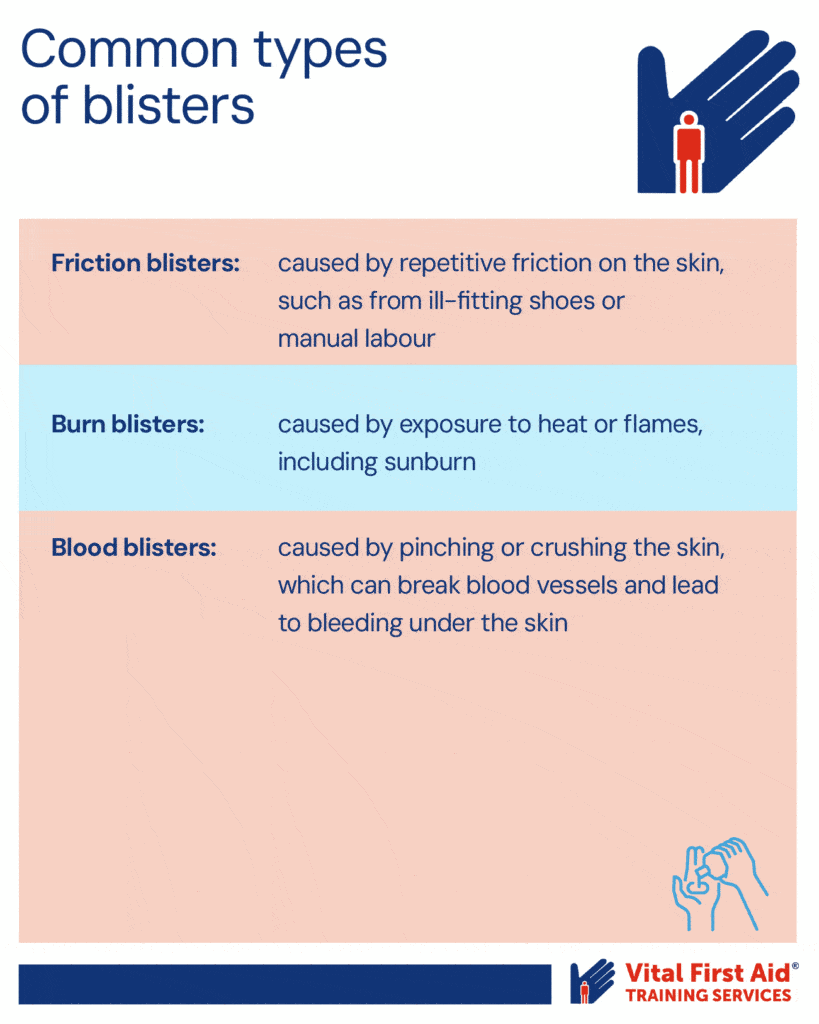
First Aid for Blisters
Unfortunately, there’s no first aid for blisters that can heal them instantly. Once the skin has been damaged it is already too late.
What you can do is take measures to ease pain, promote healing, and prevent the blister from getting worse or becoming infected.
1. Don’t Pop It!
You’ll often hear people saying that popping or cutting your blisters will provide relief. What they aren’t considering is that it can also lead to an infection, which will be much worse for you in the long run!
Blisters form beneath the skin, so if you pop them, you’re creating an entry point for bacteria to bypass the skin’s protective layers.
This is especially true for blisters resulting from burn injuries, where many layers of skin may have been completely destroyed, allowing bacteria to get further into your body.
2. Clean the Area
Gently wash the blister with soap and water and pat dry. As per the previous step, take care not to pop the blister.
Remember that after a warm bath or shower, your skin will naturally be more susceptible to breaking, so make sure you don’t rub the area roughly with your towel.
If a blister does pop, which is sometimes unavoidable, make sure to clean it thoroughly with an antibiotic soap. If the majority of the skin is intact, avoid removing it and try to lay it back over the wound.
3. Apply a Protective Covering
Once the affected area is dry, apply a sterile protective covering. Bandages are clean and soft and are a great way to protect blisters. If your blister is only small, blister band-aids can also work.
4. Allow it to Heal
While it can be difficult to rest effectively if your blisters are on your feet, try to limit your walking activity as much as possible until they heal.
Take care each day to check for infection and change your dressings if they get wet or dirty.
5. When to See a Doctor
While blisters are relatively harmless, complications can require a doctor’s visit.
Consult your doctor if your blister shows signs of infection, such as:
- Pus
- Inflammation
- Excessive pain or swelling
- Refusing to heal, even with rest
They can prescribe antibiotics and may help dress your wound more effectively.
Important note: Burns and scalds are serious injuries that can develop worsening symptoms over time, so if your blister is a result of a burn, you should see a doctor.
How Can You Prevent Blisters?
While first aid for blisters is useful, knowing how to prevent them is even better!
The best way to prevent blisters is to reduce the amount of friction and pressure on your skin. Here are some tips to help:
- Wear comfortable, well-fitting shoes that provide adequate support
- Wear gloves when using tools or doing manual labour to protect your hands
- Apply protective pads to areas that are prone to blisters, such as your heels or palms.
- Moisture can increase the risk of blisters, so keep your skin dry by wearing moisture-wicking socks and using talcum powder if necessary
Have You Considered a First Aid Course?
Now that you have more confidence in providing first aid for blisters, have you considered learning how to provide different kinds of first aid?
While blisters are uncomfortable, other forms of injuries, like heart attacks, can be life-threatening, and to provide effective first aid you need to be prepared.
Vital First Aid offers realistic training courses for various other first aid types. Rest assured they’ll teach you to stay calm and composed when faced with stressful first-aid situations.

